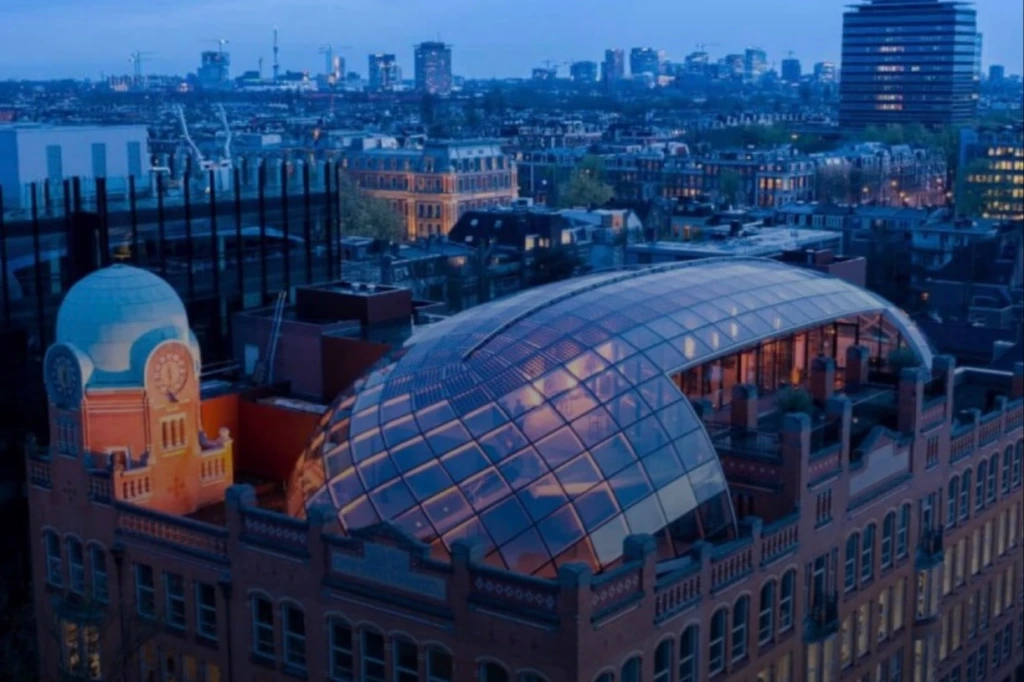The King that never was....
Turin and Italian Family will forever be intertwined
The Capital of Piemonte is filled with extraordinary Royal palazzi. The Royal family of the House of Savoy has resideded in this city since 11th century. Intriqued with the question, what happend with them and where are they now…. I stumbled upon a Netflix Docuserie “The Kind that never was” that explored the same question and came across a tragci story that began in the late 70s.
In the summer of 1978, a one-day trip to a Mediterranean island takes a tragic turn when a young group of friends get into an argument with Vittorio Emanuele of Savoy, the crown prince of Italy…. the king that never was. Vittorio Emanuele lived in exile and grappled with the shadows of a lost crown. A man who lost his purpose and his identity but maintained a sense of extreme privilege that led to the tragedy that unfolded on that fateful night in 1978.
The Tragedy
In the summer of 1978, Birgit and her brother joined a group of glamorous young Italian friends on a trip to Cavallo – a French island near Corsica and the playground of the Savoy family. Two shots were fired. One traveled through the cabin walls of the nearby boat Dirk was asleep on and hit him in the stomach. Emanuele was arrested and a few days later signed a letter admitting civil liability for what would turn out to be a mortal injury. Months later, after 19 surgeries, Dirk died. The day before, Emanuele was bailed and left Corsica for Switzerland.
Birgit’s fight to have the crown prince put on trial for her brother’s death began. The documentary follows the next four decades of disappearing documentation, vanishing evidence, stalled (or never-started) investigations, and allegations of witness intimidation.
It examines how much can go right in your life if you have enough power, business connections, money, and private travel arrangements. It takes up the genre’s common thread – the contingency of freedom and justice on all the things that should have absolutely nothing to do with them.
Whatch the story here: “The King that never was”
The house of Savoy
The House of Savoy, a dynasty tracing its roots back to the 11th century, reigned as Italy's royal family for centuries. With a legacy that stretches from the medieval realms of Savoy to the modern nation-state of Italy, they held the crowns of Sardinia, Piedmont, and later, the united Kingdom of Italy in the mid-19th century,
The last king of Italy was Umberto II. He reigned for only a short period, from May 9, 1946, to June 12, 1946. Umberto II's reign was marked by political turmoil and uncertainty, as Italy was undergoing significant changes after World War II.
The referendum
On June 2, 1946, a referendum was held in Italy to determine whether the country should remain a monarchy or become a republic. The referendum resulted in a majority of Italians voting in favor of establishing a republic, and this outcome effectively ended the monarchy in Italy. The referendum was part of Italy's post-World War II political transition and restructuring.
The reasons behind the referendum and the monarchy's abolition were multifaceted:
World War II and Fascism: Italy had been ruled by Benito Mussolini's fascist regime from the 1920s until 1943. Mussolini's government was closely associated with the monarchy, and King Victor Emmanuel III played a role in appointing Mussolini as prime minister. Italy's involvement in World War II on the side of Nazi Germany led to the collapse of Mussolini's regime and the eventual Allied liberation of Italy in 1943.
Public Sentiment: The Italian people's sentiments toward the monarchy had become increasingly negative in the wake of Mussolini's fall and Italy's wartime difficulties. Many Italians associated the monarchy with the authoritarianism of the fascist regime.
Republicanism: There was a strong republican sentiment among certain political factions and the public in post-war Italy. This sentiment was rooted in a desire for a clean break from the past and a rejection of any remnants of the old regime.
Allied Influence: The Allied forces, which occupied Italy after World War II, were influential in shaping the political landscape. They supported the idea of a republic and worked to ensure a democratic transition in Italy.
The Last King
As a result of the referendum, Umberto II was forced to abdicate the throne on June 12, 1946, just over a month after his reign began. He went into exile in Portugal, and his departure marked the end of the House of Savoy's rule in Italy. Italy officially became a republic on January 1, 1948, with the promulgation of the new Italian Constitution.
Umberto II lived in exile for the rest of his life, mainly residing in Switzerland and Portugal. He never returned to Italy during his lifetime. He passed away on March 18, 1983, in Geneva, Switzerland. His son, Vittorio Emanuele, claimed the title of the head of the House of Savoy and continued to advocate for the restoration of the Italian monarchy, although these efforts have not been successful. Vittorio Emanuelehas had many legal troubles throughout his life, in the hushed corners of European courts and the courtrooms of law, his name was whispered with equal parts reverence and controversy.
Wealth
The House of Savoy, the former Italian royal family, did have significant assets and wealth. However, after the monarchy was abolished in Italy in 1946, the family faced challenges related to their financial and property holdings.
Following the referendum that led to the establishment of the Italian Republic, the Italian government passed laws and regulations that affected the royal family's assets. Some of the family's properties and assets were confiscated or expropriated by the state as part of the transition to a republic. This included estates, castles, and other properties that had been owned by the House of Savoy.
The family's financial situation also changed, and they were no longer entitled to funds provided to the monarchy through the Italian state budget. While they retained some personal assets and wealth, the loss of many properties and the change in their status as royals likely had an impact on their financial situation.
The House of Savoy went into exile after the monarchy was abolished, primarily residing in Switzerland. In exile, they had to rely on their remaining assets and wealth to support themselves and maintain their lifestyle. Over the years, there were legal disputes and negotiations between the Italian government and the royal family regarding the return of some confiscated properties and financial matters.



